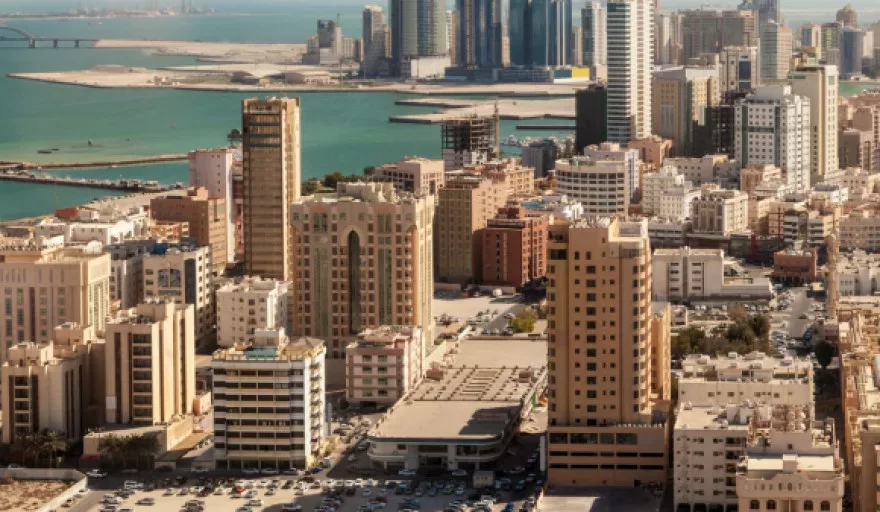The 12-year Middle East Insurance Forum (MEIF) – Middle East Global Advisors – is set to reveal cutting-edge insights on the outlook of the Middle East’s insurance industry in the second in a series of groundbreaking reports. The “Finance Forward Middle East Insurance Outlook Report 2016” will be launched at the region’s leading insurance platform this February 2nd at the Gulf Hotel in Bahrain.
Speaking ahead of the presentation of the report Dr. Sayd Farook, Vice Chairman and CEO of Middle East Global Advisors, shared: “The Outlook Report is expected to serve as a definitive guide helping leaders in the industry make key strategic decisions and capitalise on emerging opportunities.”
“The uniqueness of the report,” he continued, “is that it combines meaningful insights from insurance leaders – gathered from an extensive survey of practitioners’ sentiment – with robust analysis of the impact of the global economy on the Middle East’s insurance markets as well as comparative analysis of markets in the GCC and Levant.”
According to the report, the outlook for the insurance industry in the short term is of modest growth or stagnation in premiums, particularly on the commercial side. Growth in the personal lines (19.6 percent in 2014 as compared to 6.6 percent for commercial lines) has been supported by regulations making motor and health insurance mandatory in several markets and as the penetration of these lines increases, the growth rate in premiums is likely to slow. Even though personal line growth is expected to slow, survey respondents were more optimistic about revenue growth over the medium term in personal lines than in commercial lines.
Survey results of the Outlook Report highlighted that portfolio allocation is largely a result of long-term recognition of overexposure to the real estate sector at the expense of more diversified investments across the fixed income market.
Speaking about the importance of this observation, Blake Goud, Chief Research Officer at Middle East Global Advisors added: “Insurers are expecting to continue to invest in investment-grade fixed income, which includes US Treasury bonds. As regulatory requirements are updated, there is greater impetus not just for higher investment grade fixed income allocations but also more local market fixed-income (particularly home country debt).”
Technology is a major force shaping the outlook of the industry and Blake shared: “Changing consumer behavior due to advancements in technology which provides easy access to information is one the most disruptive trends that insurance providers perceive to be important over the coming years.”
MEIF 2016 is a two-day gathering of the insurance industry’s leaders taking place on the 2nd and 3rd of February at the Gulf Hotel in Manama, Kingdom of Bahrain. For more information, visit www.meif2016.com.


















